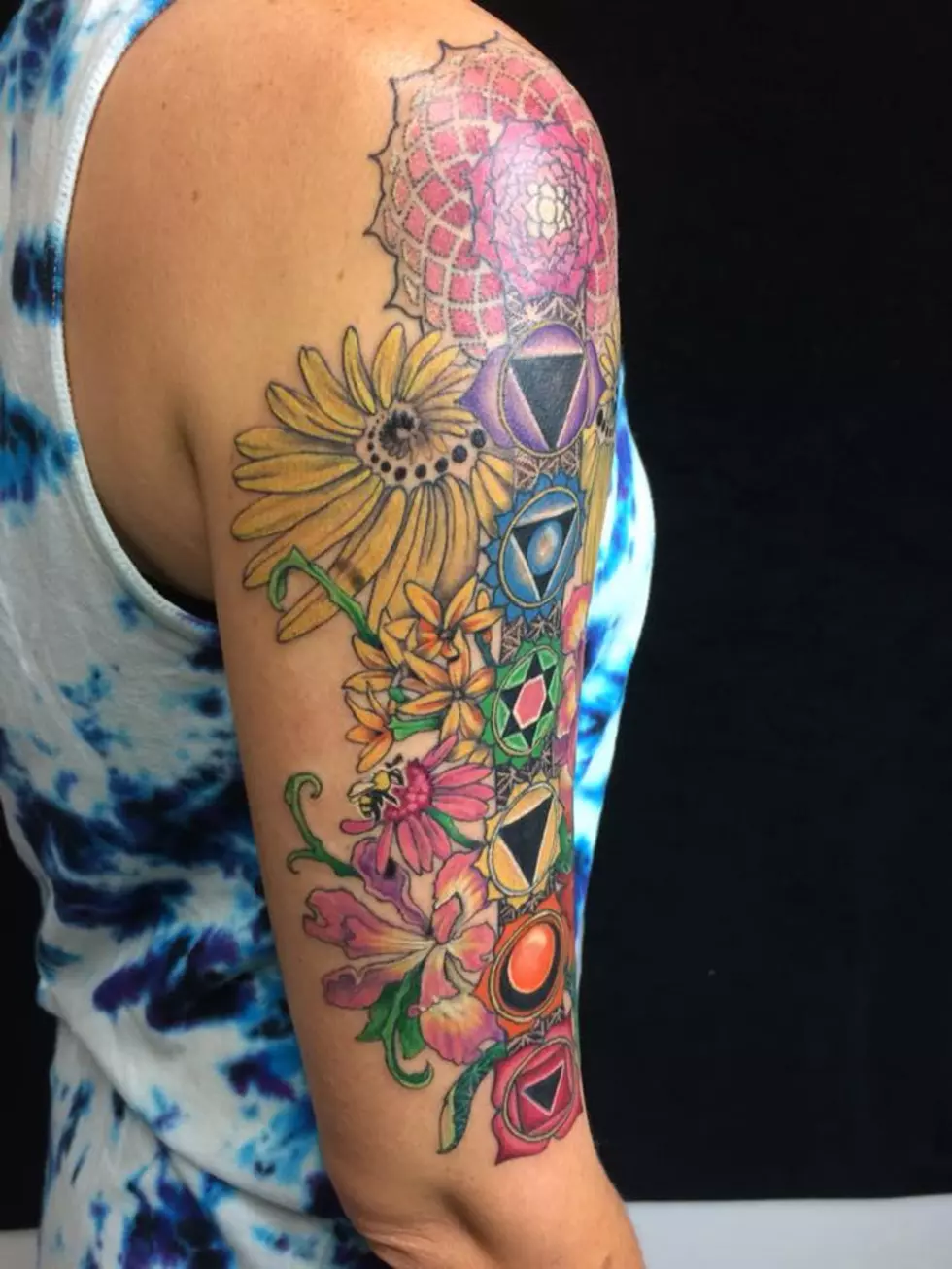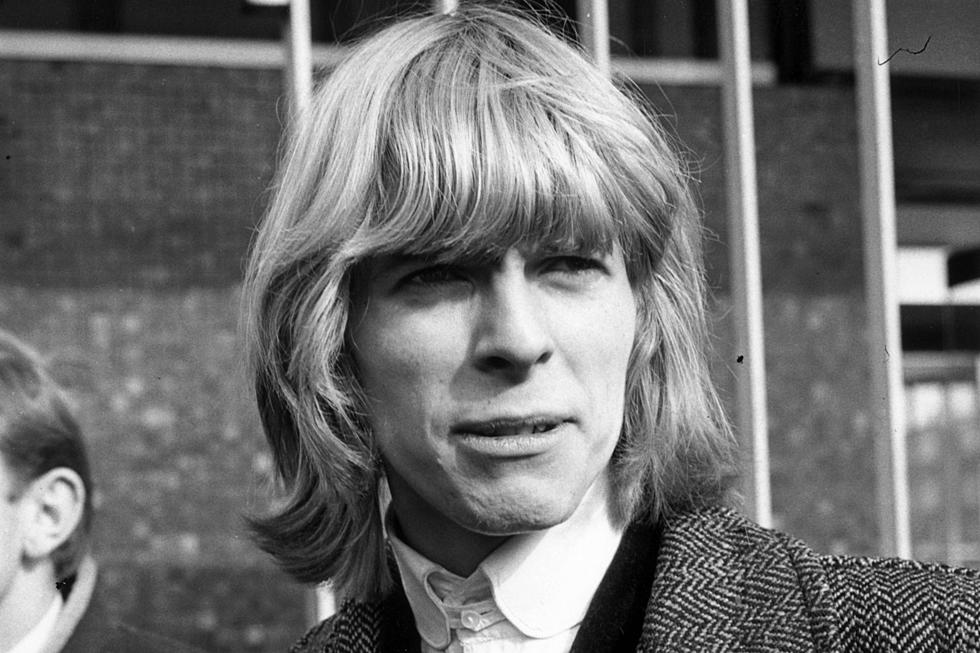
National Tattoo Day Today – Show Us Your Ink!
Today is National Tattoo Day, so we're asking you to show us your ink!
Checkiday.com has this to say about the history of tattoos:
It is believed that marks on the world's oldest mummy, the Iceman, are tattoos. His remains date to 3300 BCE and his body has 60 lines and crosses on it. Similarly, Egyptian and Nubian mummies from 2200 BCE have been found to have tattoos. Classical authors mentioned the use of tattoos by groups such as the Greeks, Romans, and ancient Germans and Britons. After the rise of Christianity, tattooing was forbidden in Europe, but it remained in places such as the Middle East. Native Americans often tattooed their bodies and faces, and Europeans came across tattooing again when they came in contact with them and Polynesians. In 1769, explorer James Cook found tattooing on Tahiti. The natives called it "tatau," which is where the current name "tattoo" comes from.
During the eighteenth and nineteenth centuries, tattoos began to garner interest at exhibits, fairs, and circuses. Tattoo parlors begin popping up in port cities around the world and were used by European and American sailors. In 1891, Samuel O'Reilly patented the first electric tattooing tool in the United States. Tattoo pattern sheets from the United States became very influential around the world. Tattooing has declined in popularity in recent decades in many parts of the world, but there was a revival in Japan, Europe, and America beginning in the 1990s.
More From 94.9 WMMQ









